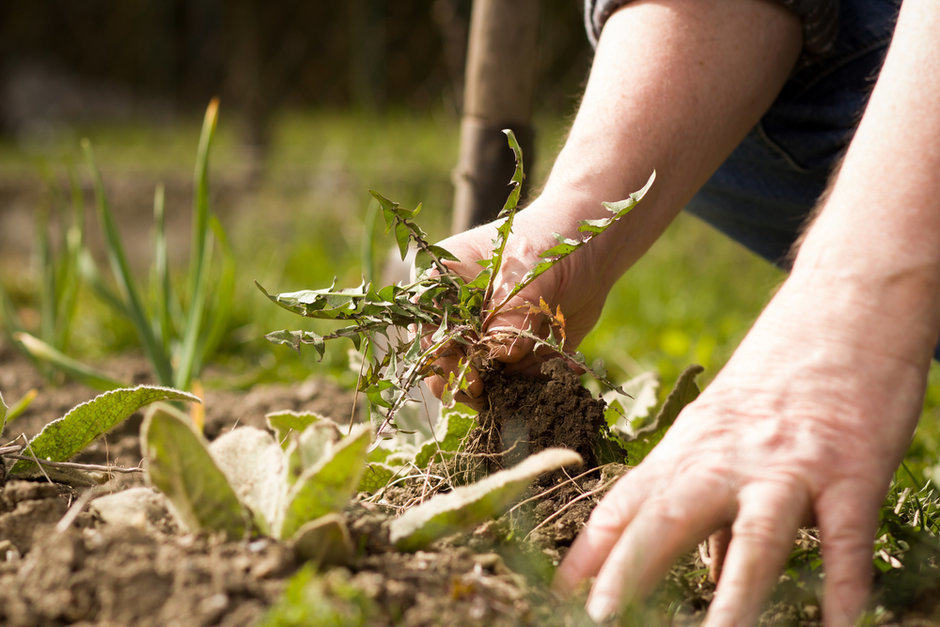If you’ve been paying attention to environmental news, you’re most likely aware that the common bee has been facing epidemic rates of loss for several years. Scientists aren’t quite in agreement as to why, but if you’re at all concerned then you can do your part by creating a garden that is friendly to bees. Remember, you always have the option to call a beekeeper if you discover a hive. It’s much easier to transport a hive to somewhere the bees can live freely and healthy, than to kill the hive entirely.
What Bees Love
Bees tend to love native flowers, so be sure to plant lots of them around the borders of your home. You can also plant fruit trees, as they provide a good source of nourishment for nature’s transport units. If you can, try grouping these favorites into a space that is roughly one square yard, which is typically the size of a medium or small planter box.
It’s also a good idea to pick plants that will bloom for longer periods of time. Some perennials are great for this, but not all of them. If you choose plants with a longer blooming cycle, you’ll provide more nourishment for bees for longer periods, so they will stay safe in the sanctuary you’ve built for them.
Bees also need water, so be sure to have a fresh source handy. If you happen to have a small fountain or even plants that gather morning dew, it will usually be more than enough for most bees.
Benefits of Bees
Bees pollinate roughly one-sixth of the world’s crops, by some estimates. If you’re having trouble growing something in your garden, bees will definitely help. If you must use insecticides, try to use chemicals that evaporate quickly, or spray later into the evening when bees are inactive.
About the Author: Samuel Phineas Upham is an investor at a family office/ hedgefund, where he focuses on special situation illiquid investing. Before this position, Phin Upham was working at Morgan Stanley in the Media and Telecom group. You may contact Phin on his LinkedIn.
